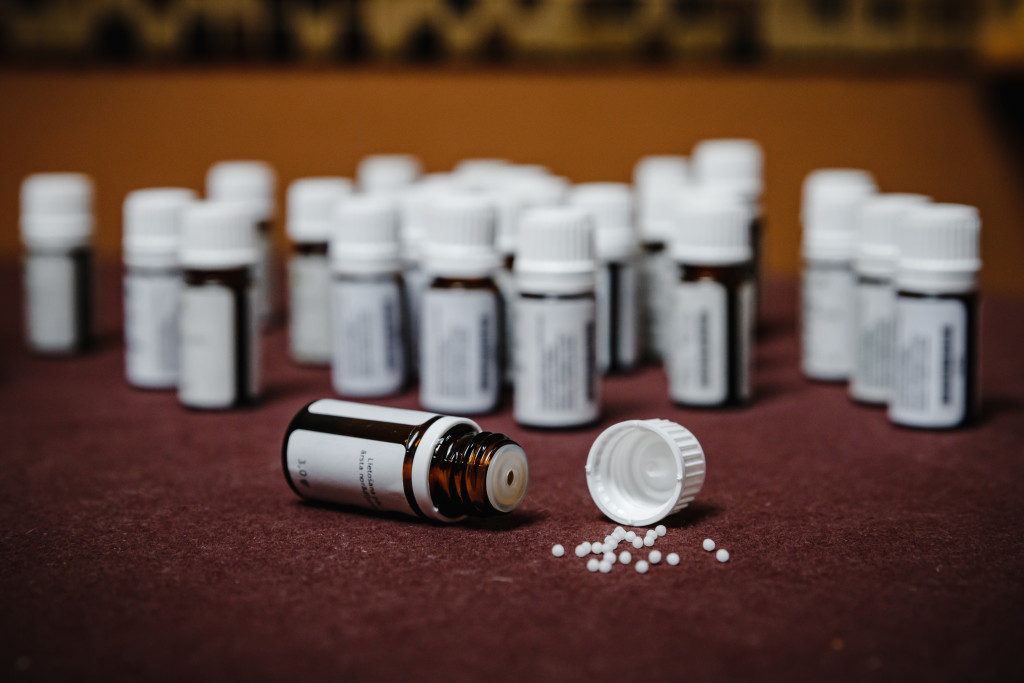Classical and atypical Reye’s syndrome
- 06/07/2022
Reye’s syndrome is a rare and potentially fatal pediatric illness defined as acute noninflammatory encephalopathy with fatty liver failure. Australian pathologist R.D.K. Reye first described this syndrome in 1963. Reye’s syndrome usually manifests in children in the form of vomiting and confusion with rapid progression to coma and death. This syndrome often begins in the days following recovery from a viral illness during which aspirin was administered. Therefore, it is important to distinguish between the occurrence of classical (aspirin-induced) Reye’s syndrome and atypical Reye’s syndrome in clinical practice. It is well known that fatty acid oxidation defects can manifest as Reye-like syndrome. In this syndrome, as a result of congenital metabolic disorders, hypoglycemia, hypoketonemia, elevated ammonia level, and organic aciduria are often found. In our post, we will talk about cases of classical and atypical Reye’s syndrome found in the literature by the DrugCard platform.
Classical (aspirin-induced) Reye’s syndrome and atypical Reye’s syndrome (Reye’s-like syndrome)
There are classical Reye’s syndrome and atypical Reye’s syndrome, which has an identical clinical picture and the same etiological factors. Despite the significant reduction in cases of classic Reye syndrome due to the reduction in the use of salicylates in children, the problem remains of great interest, given the presence of various Reye-like forms. Reye’s syndrome and particularly Reye’s-like syndromes can often be associated with pre-existent metabolic disorders. It occurs mainly in children under the age of 5 with congenital disorders of fatty acid oxidation as a result of hereditary carnitine deficiency or Acyl-CoA dehydrogenase deficiency, metabolism of organic acids or amino acids, metabolism of urea, or with an organic lesion of the central nervous system of another origin.
Clinical case of classical Reye’s syndrome
In the journal «Child’s health» the DrugCard platform found an article describing a case of classical Reye’s syndrome. The disease in a two-year-old child began with clinical signs of acute respiratory infection. On the first day from the onset of the disease, vomiting and dehydration appeared, intoxication syndrome manifestation increased. The child was transferred to the intensive care unit due to a sharp deterioration in the clinical condition. From the anamnesis it was established that the grandmother gave the child acetylsalicylic acid once to reduce body temperature. The child had manifestations of encephalopathy, hemorrhagic syndrome, multiple organ failure. Damage to the liver, kidneys, retinal edema, optic disc congestion were established instrumentally and laboratory. The child received a final diagnosis of Reye’s syndrome, due to a reaction to the accidental use of acetylsalicylic acid. Unfortunately, despite all the therapeutic measures, the course of the disease ended in death.
Discussion of a case of Reye’s syndrome
The clinical case presented in the article clearly reflects the classical course of Reye’s syndrome. The syndrome manifested by acute encephalopathy in combination with fatty degeneration of the internal organs, mainly the liver. The authors emphasize the need to draw the attention of practitioners to the possibility of developing rare Reye’s syndrome in children after the use of acetylsalicylic-containing drugs. There is no minimum permitted dose of acetylsalicylic acid for children under 16 years of age. To verify nosology, physicians should take into account specific changes in clinical and paraclinical parameters.
Clinical case of Reye’s-like syndrome
The DrugCard platform found an article in the «Zaporizhzhia medical journal» describing a case of Reye’s-like syndrome in child. A 13-year-old girl was admitted to the Intensive Care Department with a diagnosis of “suspected acute enteral drug poisoning”. The symptoms appeared suddenly: fever, nausea, repeated vomiting that does not bring relief, myalgia, severe cephalgia, anxiety. The child self-administered acetaminophen tablets. The frequency of taking the drug was 1 tablet for about 30 minutes (the girl took 6-7 tablets in 2 hours). Upon admission, the child had disturbances and confusion of consciousness, drowsiness, she moved independently, but there was a loss of coordination. On admission, SARS-CoV-2 RNA was established by PCR from nasal and oropharynx smears. In the biochemical analysis of blood – an increase in transaminases, urea, LDH. On ultrasound of the abdominal cavity: the liver was moderately enlarged, the structure of heterogeneous echogenicity.
Discussion of a case of Reye’s-like syndrome
The child received a final clinical diagnosis of coronavirus infection, Reye’s-like syndrome, and toxic hepatitis. Reye’s-like syndrome diagnosis in the presented patient is unquestionable, since there were CDC criteria:
- acute non-inflammatory encephalopathy and hepatopathy with changes in ALT and AST;
- paracetamol intake for the viral infection in doses significantly exceeding the therapeutic doses for the age;
- multiple organ lesions with involvement of kidney (increased urea), myocardium (increased LDH, AST) and the absence of jaundice;
- lack of typical disease stage and rapid reversible positive development of clinical and laboratory manifestations.
The peculiarity of this clinical case is that it was developed in an adolescent, clinical symptoms progressed quite quickly (within a day). In this case, the Reye’s-like syndrome likely was not caused by an infection, but by the intake of certain medications in an inappropriate dose with underlying probable latent mitochondrial insufficiency. The girl’s condition had positive dynamics during the observation and further followed up by a gastroenterologist.
Assessment of Reye’s syndrome by pharmacovigilance
A dramatic decrease in the use of aspirin among children has made the diagnosis of Reye syndrome exceedingly rare. The association of Reye syndrome with salicylates, particularly aspirin, was demonstrated in several epidemiologic studies around the world. Acetaminophen, tetracycline, valproic acid, warfarin, zidovudine, didanosine, and some neoplastic drugs have been associated with Reye syndrome or Reye-like syndrome. Nonsteroidal anti-inflammatory drugs, including diclofenac sodium and mefenamic acid, are known to cause or exacerbate Reye’s syndrome. For example, in the clinical case of Reye’s-like syndrome, it is known that the girl took acetaminophen. Reye’s Syndrome is on the EMA’s Designated Medical Events (DME) list. DMEs are serious and rare medical events that are often causally associated with drugs across multiple pharmacological/therapeutic classes. Therefore, it is important to identify such cases, including those found during medical literature monitoring.



